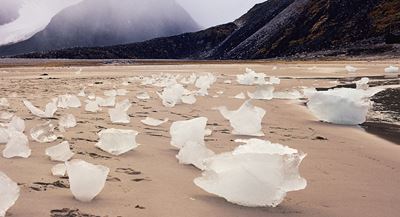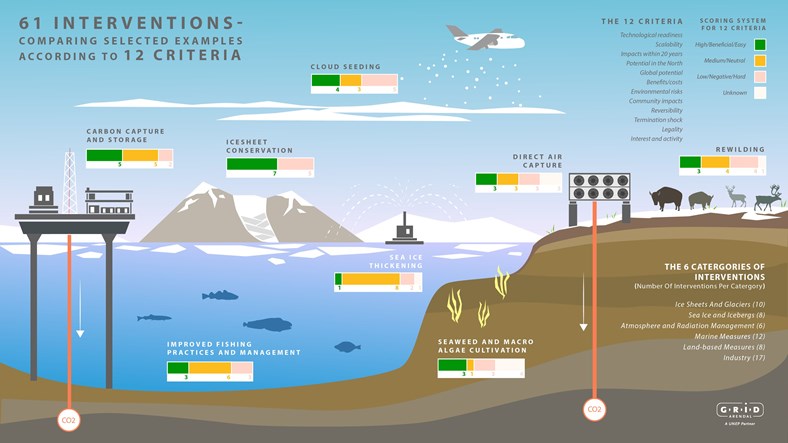
ACTION: Assessing proposed solutions to slow down, halt, and reverse the effects of climate change in the Arctic
The Arctic is warming four times faster than the global average rate. Because the region contains several crucial tipping points, this warming not only causes major changes in local livelihoods and ecosystems, but also poses a serious threat to the rest of the world through massive sea level rise from melting ice caps, and rapid methane release from thawing permafrost.
Given the urgency of the situation, a whole range of climate action measures have been suggested to slow down, halt, or even reverse the effects of climate change in the Arctic and northern regions – and to keep the Arctic frozen. However, because these schemes range from serious research projects to back-of-the-envelope calculations, and no systematic overview study exists, there is a lack of clear understanding which projects could actually be feasible, timely, and deployable at scale.
The Frozen Arctic Projects initiative seeks to remedy this by collecting all the currently available climate action schemes, including the most obscure and extreme ones, and systematically evaluating them on the same metrics at the hand of the available literature.
Reducing greenhouse gas (GHG) emissions as agreed in the Paris agreement is the only sustainable pathway to a liveable future. However, it is looking extremely likely that global warming will exceed the 1.5 degree threshold (IPCC special report 2018), and IEA states that we are on a path to 2.4 degrees C. This risks several tipping point thresholds - especially in the Greenland and West Antarctic ice sheets, the summer Arctic sea ice, and Arctic permafrost. This means that the world, in parallel with reducing GHG, must develop science based interventions that can be deployed if necessary when global governance and regulations are in place.
A report on 61 potential interventions, assessing and comparing their feasibility across twelve criteria, has just been released:

Photo: Peter Prokosch / GRID-Arendal